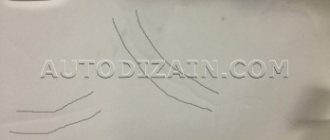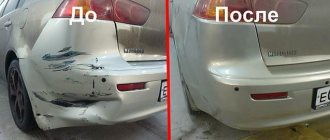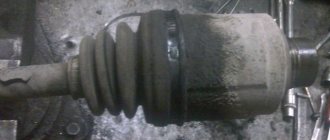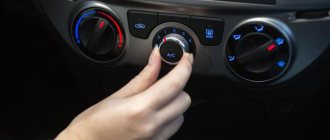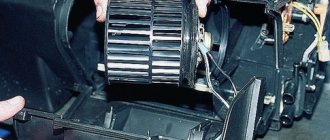Welcome to the Kuzov.info blog!
You can find several videos on chemical restoration of headlights on the Internet. A heated mug (the so-called evaporator) is used, on which a lid with a tube is placed. A reducing liquid is poured inside, which after heating begins to evaporate. This steam needs to be applied to the previously prepared surface of the transparent part of the headlight.
There is a lot of confusion surrounding this topic. Some consider this technology a breakthrough in restoring headlights, while others are sure that this is another way to siphon off money and headlights restored in this way will not remain transparent for long.
In this article, we’ll look at what chemical headlight restoration technology is, how to properly prepare headlights for restoration, and we’ll also figure out what the restoring liquid is and whether it provides long-term protection for headlights.
Why do my headlights dim?
On modern cars, polycarbonate is used to make headlight lenses (the transparent part). It has good transparency, high strength, wear resistance and excellent formability, which makes it possible to produce headlights of any shape. Although polycarbonate is known for its impact resistance, it is susceptible to scratches and is susceptible to yellowing and dulling when exposed to sunlight. For this reason, the transparent part of the headlights is coated at the factory with a protective layer that resists scratches and UV radiation from the sun. When this layer is destroyed, the headlights become cloudy very quickly due to the appearance of many scratches and exposure to the sun.
Restoring headlight clarity at home [not for professionals]
Over time, the plastic, which in modern cars is used instead of glass on the headlights, begins to scratch, as if foggy, and gradually ceases to transmit a sufficient amount of light from the lamps. This, as you might guess, is not good. Need to buy new headlights ? How to install new glass? How to do this if all modern headlights come as a non-separable unit? Or will you have to go to a workshop where the glass will be revived by polishing? In fact, everything is much cheaper and simpler. You can restore its former shine literally at home on your own. Here's how to do it.
So, most headlight lenses are made of polycarbonate - this is a type of plastic. This type of plastic is very durable (suffice it to say that motorcycle helmets are made from it) and can easily withstand all the hardships on the road. Unfortunately, it has a certain drawback. The material is afraid of sunlight. For initial protection, plastic glass is coated with a protective UV filter. Over time, this film is destroyed as a result of exposure to UV radiation, dust, small stones, and as a result, the plastic begins to oxidize.
See also: How to properly wash headlights
If the headlights on your car begin to “fog” or turn yellow, you should know that the oxidation process has begun. Don't worry, recovery won't take much time or effort. Just follow the step by step steps we have described below and you will be able to restore the glass's former transparency.
Headlight restoration
To restore cloudy headlights, you need to remove the remains of the destroyed layer, reduce scratches, restore transparency and protect the lens (transparent part) again. Typically, two restoration methods are used: polishing the headlights and varnishing the headlights. After polishing, it is imperative to protect the headlights (with protective wax, sealant, ceramic coating, armor), otherwise the headlights will become cloudy in 1-2 months or less. Varnishing requires preparing the surface with coarser sandpaper than polishing (usually P600).
So, now let's look at the chemical restoration of headlights.
Removing tinting varnish (Tail lights) - logbook Lada Priora Hatchback 898 SE 2012 on DRIVE2
Let's start with the fact that I got tired of the black headlights and decided to try what would happen with the stock
take nail polish remover spray
we spray))) and it begins to become covered with bubbles and goes away))
you can see it peeling off a little
who doesn’t know the headlights are mounted on such pinwheels))
this is how it goes away
then we polish both))) apply polish and rub in))
I don’t know, for now I’ll drive it like this, then I’ll drag it into some color))) I want: 1-pink2-blue3-red4-black again
Chemical restoration of headlights
There are a variety of chemical headlight restoration kits sold online. Most often these are Chinese goods, however, you can find a couple of Russian companies that offer a similar kit (perhaps the same thing, just under their own label). Typically, the kit includes a container with liquid of 600 or 800 ml. (transparent or bluish), evaporator (heating mug or as the Chinese write Anodizer / anodator) with a power supply, plastic cover with a tube for steam release, funnel, masking tape, sanding paper (from P180 to P1200), respirator.
You can also find kits containing a sander (not an orbital sander and, in my opinion, not effective and even useless for the restoration process) and a sanding block. All this wealth is usually located in an aluminum case. You can also purchase all components separately.
